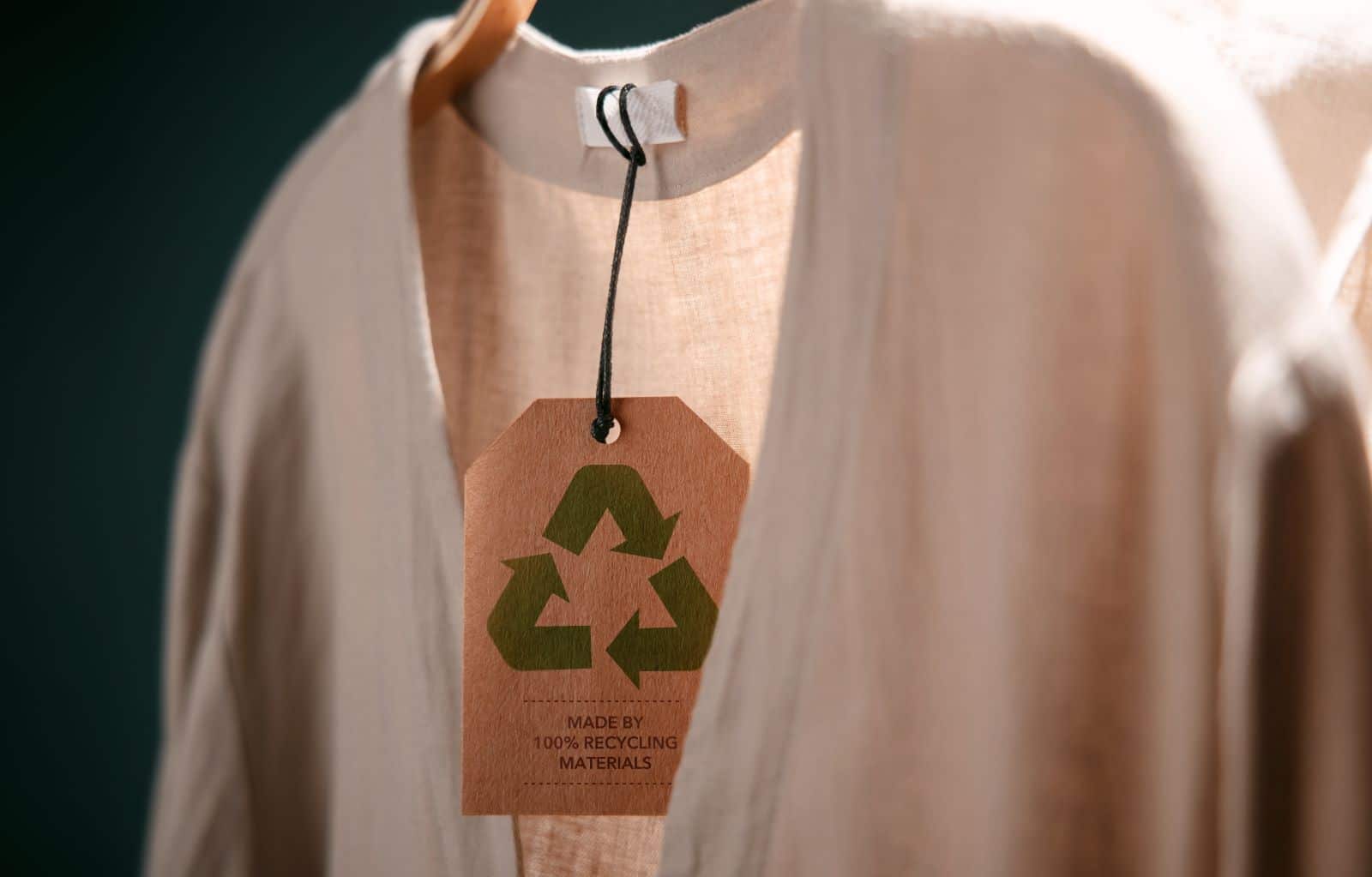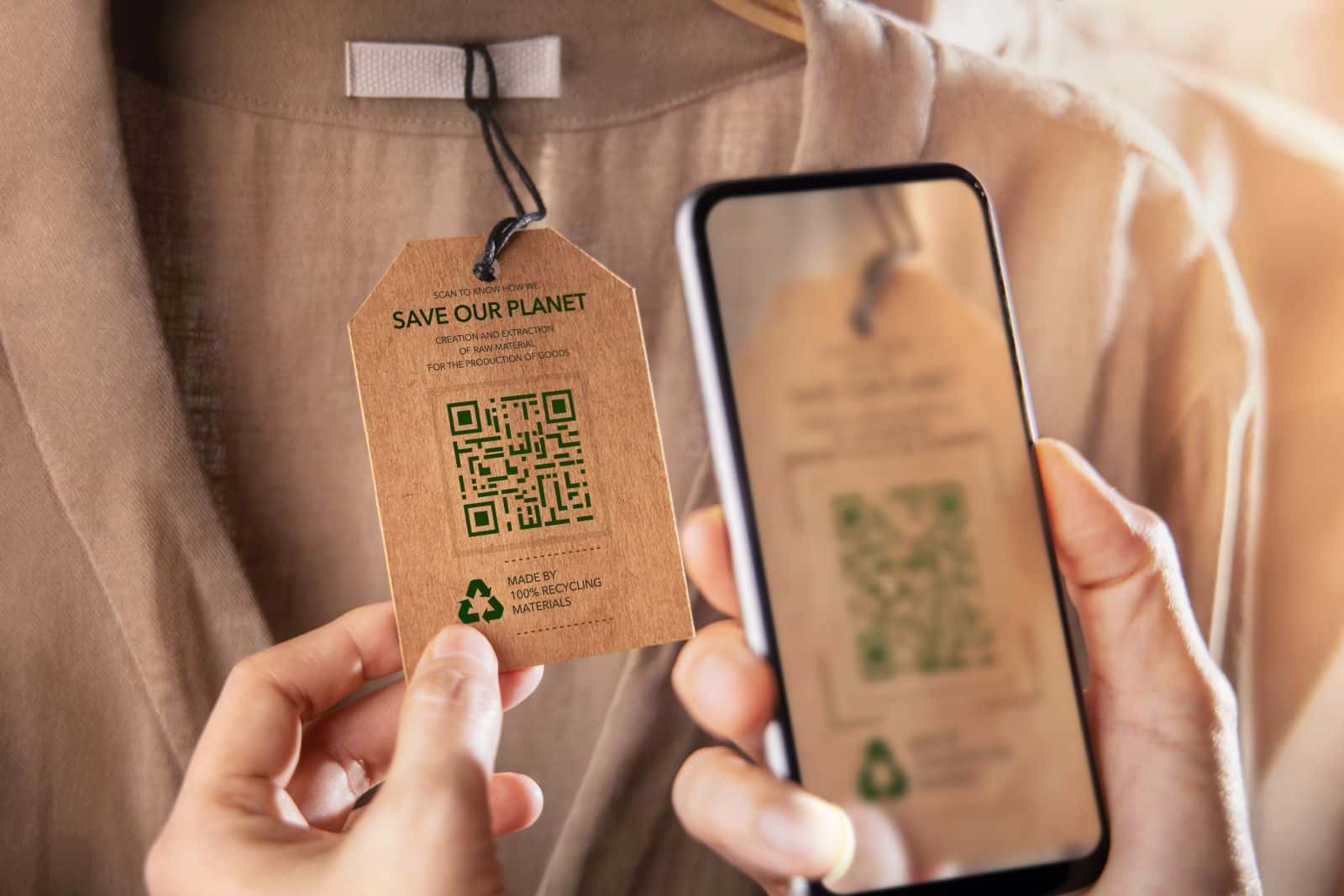Ever thought about the ripple effect of your eco-friendly purchases? Explore how your shopping habits are driving big corporations and shaping business strategies.
1. Green Premiums

Image Credit: Shutterstock / Black Salmon
Companies charge a premium for products labeled as “green” or “eco-friendly,” which often outsell their conventional counterparts despite higher prices.
2. Energy Efficiency Programs

Image Credit: Shutterstock / Monkey Business Images
By investing in energy-efficient processes and technologies, corporations reduce operational costs and market these changes as environmentally responsible initiatives.
3. Selling Carbon Credits

Image Credit: Shutterstock / fizkes
Corporations that reduce their greenhouse gas emissions below certain thresholds profit by selling their excess carbon credits to other companies.
4. Sustainable Packaging

Image Credit: Shutterstock / Lithiumphoto
Switching to sustainable packaging allows companies to reduce waste and appeal to environmentally aware consumers, sometimes at a lower material cost.
5. Renewable Energy Investments

Image Credit: Shutterstock / NewJadsada
Investing in renewable energy projects not only helps corporations save on energy costs but also boosts their public image as sustainability champions.
6. Recycling Initiatives

Image Credit: Shutterstock / Warut Chinsai
By promoting recycling programs, companies reduce waste disposal costs and can profit from selling recyclable waste to processors.
7. Eco-Friendly Product Lines

Image Credit: Shutterstock / Black Salmon
Launching eco-friendly product lines caters to a growing demographic of environmentally conscious consumers, often at higher margins.
8. Water Conservation Measures

Image Credit: Shutterstock / shisu_ka
Corporations save substantial amounts on water bills and treatment costs by implementing water-saving technologies and processes.
9. Green Building Certifications

Image Credit: Shutterstock / weniliou
Investing in green buildings can lead to significant savings on energy, materials, and even insurance costs over time while attracting eco-conscious tenants or buyers.
10. Patents on Green Technology

Image Credit: Shutterstock / Summit Art Creations
By developing and patenting sustainable technologies, companies can earn royalties and establish a market edge.
11. Sustainable Supply Chains

Image Credit: Shutterstock / Gumbariya
Optimizing supply chains for sustainability reduces costs, minimizes risks, and improves brand loyalty among consumers.
12. Green Consulting Services

Image Credit: Shutterstock / Jirapong Manustrong
Some corporations develop internal expertise in sustainability and then turn this into a consultancy arm that advises other businesses, creating a new revenue stream.
13. Eco-Tourism and Green Travel

Image Credit: Shutterstock / Maridav
Travel and hospitality businesses profit from the booming eco-tourism sector by offering experiences that are marketed as environmentally responsible.
14. Sustainability Reporting

Image Credit: Shutterstock / Gorodenkoff
Through detailed sustainability reporting, companies can attract environmentally conscious investors willing to pay a premium for shares in sustainable enterprises.
15. Second-Life Products

Image Credit: Shutterstock / Tyler Olson
Selling refurbished or remanufactured products not only appeals to budget-conscious consumers but also reduces waste and environmental impact.
16. Vegan and Organic Food Offerings

Image Credit: Shutterstock / silverkblackstock
Food corporations tap into the growing demand for vegan and organic products, which typically command higher prices than non-organic counterparts.
17. Green Bonds

Image Credit: Shutterstock / Dragon Images
Issuing green bonds helps companies fund projects with environmental benefits, often at more favorable borrowing rates due to investor demand.
18. Employee Engagement Programs

Image Credit: Shutterstock / fizkes
Engaging employees in sustainability goals reduces turnover and attracts talent, decreasing recruitment costs and fostering a positive work environment.
19. Smart Appliances and IoT

Image Credit: Shutterstock / zhu difeng
Selling smart appliances and IoT devices that promote energy efficiency becomes a market differentiator and opens new revenue channels.
20. Plastic Alternatives

Image Credit: Shutterstock / vasanty
Developing and selling alternatives to plastic products not only meets regulatory demands but also captures market share from environmentally aware consumers.
21. Licensing Agreements

Image Credit: Shutterstock / mapo_japan
Corporations license their sustainable technologies to other companies, profiting from the growing global demand for green solutions.
Profiting with a Conscience

Image Credit: Shutterstock / Ground Picture
As these strategies show, the smart integration of sustainability into business models is not just good for the planet—it’s also proving to be a savvy move for the bottom line. Companies that adapt and innovate continue to reap financial rewards while building a more sustainable future.
Featured Image Credit: Shutterstock / AYA images.
The content of this article is for informational purposes only and does not constitute or replace professional financial advice.
For transparency, this content was partly developed with AI assistance and carefully curated by an experienced editor to be informative and ensure accuracy.


